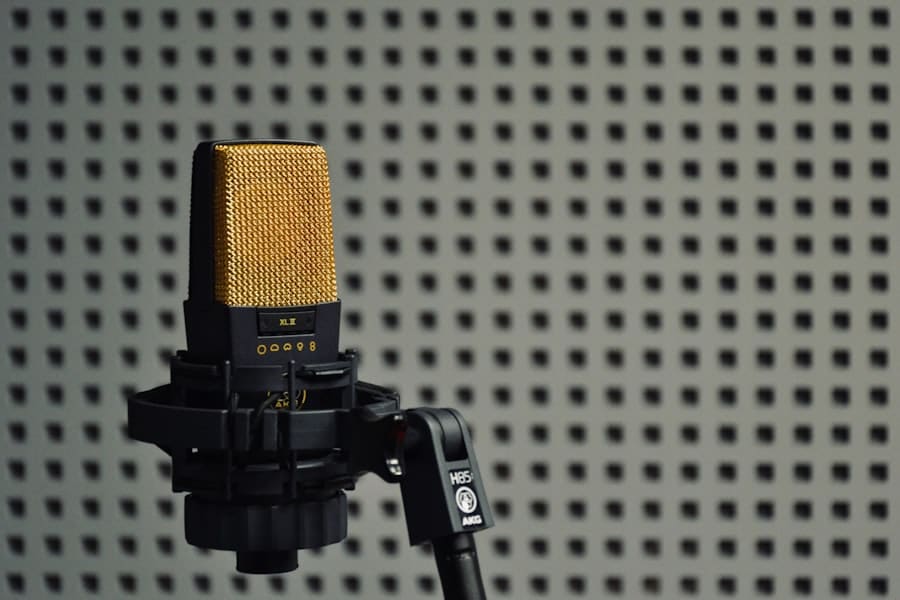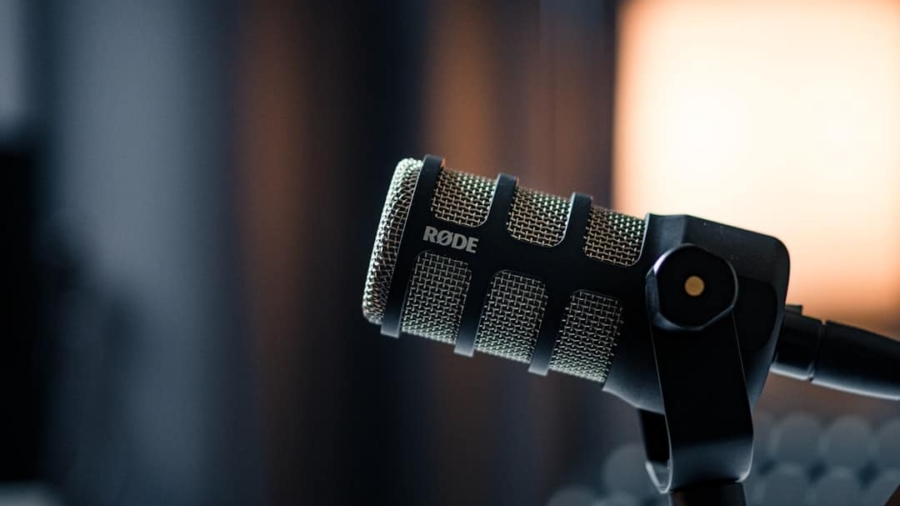Wearable technology has emerged as a transformative force in the realm of consumer electronics, seamlessly integrating advanced functionalities into everyday accessories. This category encompasses a wide array of devices, including smartwatches, fitness trackers, augmented reality glasses, and even smart clothing. The evolution of wearable technology is not merely a trend; it represents a significant shift in how individuals interact with their environment and manage their health and wellness.
As these devices become increasingly sophisticated, they are equipped with sensors and connectivity features that allow for real-time data collection and analysis, thereby enhancing user experience and engagement. The proliferation of wearable technology can be attributed to several factors, including advancements in miniaturization, battery life improvements, and the growing demand for health monitoring solutions. Consumers are increasingly seeking ways to track their physical activity, monitor vital signs, and receive notifications without the need to constantly check their smartphones.
This shift in consumer behavior has prompted brands to innovate and develop products that cater to these needs, leading to a dynamic market landscape characterized by rapid technological advancements and evolving consumer preferences.
Key Takeaways
- Wearable technology is rapidly evolving, integrating seamlessly into daily life for health, fitness, and convenience.
- Successful brand launches highlight the importance of innovation and meeting specific consumer needs.
- Market analysis reveals growing consumer demand driven by health awareness and technological advancements.
- Effective brand strategy combines product development with targeted marketing to build strong customer connections.
- Future opportunities lie in expanding functionalities, improving user experience, and leveraging data for personalized services.
Case Study: Successful Brand Launches
One of the most notable success stories in the wearable technology sector is that of Fitbit, which revolutionized the fitness tracking market with its innovative devices. Launched in 2009, Fitbit’s initial product was a simple pedometer that synced with a mobile app to provide users with insights into their daily activity levels. The brand’s success can be attributed to its ability to create a community around fitness, encouraging users to share their progress and compete with friends.
This social aspect not only enhanced user engagement but also fostered brand loyalty, leading to a series of successful product launches that expanded Fitbit’s offerings beyond basic step tracking. Another compelling case study is that of Apple Watch, which debuted in 2015 and quickly became a dominant player in the smartwatch market. Apple leveraged its existing ecosystem of devices and services to create a seamless user experience that integrated health monitoring, notifications, and app functionality.
The Apple Watch’s success can be attributed to its sleek design, extensive feature set, and the brand’s strong marketing strategy that positioned it as both a fashion accessory and a health tool. By continuously updating the software and introducing new health-related features, Apple has maintained consumer interest and expanded its market share in the wearable technology space.
Market Analysis and Consumer Trends

The wearable technology market has experienced exponential growth over the past decade, driven by increasing consumer awareness of health and wellness. According to industry reports, the global wearable technology market was valued at approximately $32 billion in 2020 and is projected to reach over $100 billion by 2028. This growth is fueled by several key trends, including the rising prevalence of chronic diseases, an aging population, and a growing emphasis on preventive healthcare.
Consumers are increasingly seeking devices that not only track their fitness but also provide insights into their overall health, such as heart rate variability, sleep patterns, and stress levels. Moreover, the integration of artificial intelligence (AI) and machine learning into wearable devices is reshaping consumer expectations. Users now anticipate personalized experiences that adapt to their individual needs and preferences.
For instance, smartwatches equipped with AI can analyze user data to offer tailored fitness recommendations or alert users to potential health issues based on abnormal readings. This shift towards personalization is driving innovation within the industry as brands strive to differentiate themselves by offering unique features that resonate with consumers.
Brand Strategy and Product Development
Successful brands in the wearable technology space adopt multifaceted strategies that encompass product development, user experience design, and market positioning. A critical aspect of brand strategy involves understanding the target audience and their specific needs. For example, brands like Garmin have carved out a niche by focusing on outdoor enthusiasts and athletes, offering specialized features such as GPS tracking and advanced performance metrics.
This targeted approach allows Garmin to differentiate itself from competitors who may offer more generalized products. In addition to understanding consumer needs, effective product development requires a commitment to innovation and quality. Brands must invest in research and development to stay ahead of technological advancements and consumer expectations.
For instance, companies like Oura have gained traction by developing smart rings that monitor sleep quality and readiness for physical activity. By focusing on a unique form factor and delivering precise health insights, Oura has successfully captured the attention of health-conscious consumers looking for alternatives to traditional wearables.
Marketing and Promotion
Marketing strategies for wearable technology must be as innovative as the products themselves. Brands often leverage digital marketing channels to reach tech-savvy consumers who are eager for the latest advancements. Social media platforms play a crucial role in promoting wearable devices, allowing brands to showcase their products through engaging content such as videos, testimonials, and influencer partnerships.
For example, brands like WHOOP have utilized social media campaigns featuring athletes who endorse their fitness trackers, effectively reaching niche audiences while building credibility. Moreover, experiential marketing has become increasingly popular in the wearable technology sector. Brands often host events or pop-up experiences where potential customers can interact with products firsthand.
This approach not only allows consumers to test devices but also creates an emotional connection with the brand. For instance, Samsung has organized events where attendees can try out their latest smartwatches while participating in fitness challenges or wellness workshops. Such initiatives not only drive product awareness but also foster community engagement around health and wellness.
Sales and Distribution

The sales channels for wearable technology have evolved significantly as consumer purchasing habits shift towards online platforms.
Direct-to-consumer (DTC) models have gained traction as companies seek to establish closer relationships with their customers while maximizing profit margins.
Brands like Fitbit have successfully implemented DTC strategies through their websites and mobile apps, allowing for personalized shopping experiences that cater to individual preferences. In addition to online sales, partnerships with retailers remain essential for reaching broader audiences. Collaborations with major electronics retailers or fitness-focused stores can enhance visibility and credibility for wearable brands.
For instance, collaborations between brands like Apple and Best Buy have allowed consumers to experience products in-store while benefiting from knowledgeable staff who can provide insights into device functionalities. This hybrid approach of combining online sales with strategic retail partnerships enables brands to maximize their reach while catering to diverse consumer preferences.
Customer Feedback and Engagement
Customer feedback is invaluable in shaping the future of wearable technology products. Brands that actively solicit input from users can gain insights into product performance, desired features, and potential areas for improvement. Many companies utilize surveys, social media interactions, and user forums to gather feedback directly from consumers.
For example, Fitbit regularly engages with its user community through forums where customers can share experiences and suggest new features. This level of engagement not only fosters loyalty but also helps brands stay attuned to evolving consumer needs. Moreover, incorporating customer feedback into product development cycles can lead to enhanced user satisfaction and retention rates.
Brands that prioritize iterative design processes—where user feedback informs updates—are more likely to succeed in a competitive market. For instance, after receiving feedback about battery life issues from users, Garmin implemented software updates that optimized power consumption across its devices. Such responsiveness demonstrates a commitment to customer satisfaction while reinforcing brand loyalty among existing users.
Future Outlook and Opportunities
The future of wearable technology is poised for continued growth as advancements in technology open new avenues for innovation. Emerging trends such as augmented reality (AR) integration into wearables present exciting opportunities for brands looking to differentiate themselves in a crowded market. AR-enabled glasses could revolutionize how users interact with their environment by overlaying digital information onto the physical world—transforming everything from navigation to fitness training.
Devices that monitor stress levels or provide guided meditation features could resonate with consumers seeking holistic wellness solutions. As awareness of mental health continues to rise globally, brands that prioritize this aspect of well-being may find themselves at the forefront of the next wave of wearable technology innovation.
Furthermore, collaborations between tech companies and healthcare providers could pave the way for more advanced health monitoring solutions that integrate seamlessly into everyday life. As telehealth becomes more prevalent, wearables equipped with medical-grade sensors could play a crucial role in remote patient monitoring—enabling healthcare professionals to track patients’ vital signs in real-time while providing personalized care recommendations. In conclusion, the landscape of wearable technology is dynamic and rapidly evolving, driven by consumer demand for innovative solutions that enhance health and wellness.
As brands navigate this competitive market, those that prioritize user experience, engage with their communities, and embrace emerging technologies will be well-positioned for success in the years ahead.
In exploring the innovative strategies behind successful wearable lines, it’s interesting to consider how technology plays a crucial role in enhancing user experience. A related article that delves into the tools that can help create engaging content for such products is available at Best Software to Create Training Videos. This resource highlights various software options that can be instrumental in developing training materials for wearable technology, ensuring that brands effectively communicate the benefits and functionalities of their products to consumers.
FAQs
What are wearable lines in the context of brands?
Wearable lines refer to collections of wearable technology products, such as smartwatches, fitness trackers, smart glasses, and other devices designed to be worn on the body. These products often combine fashion with technology to offer functionality like health monitoring, connectivity, and convenience.
Which types of brands typically launch successful wearable lines?
Successful wearable lines are often launched by technology companies, fashion brands, or collaborations between the two. Examples include tech giants like Apple and Samsung, as well as fashion brands like Fossil and Fitbit partnering with designers to create stylish wearable devices.
What factors contribute to the success of a wearable line?
Key factors include innovative technology, user-friendly design, strong brand reputation, effective marketing strategies, and addressing consumer needs such as health tracking, convenience, and style. Integration with other devices and platforms also plays a significant role.
How do brands differentiate their wearable products in a competitive market?
Brands differentiate their wearables through unique design aesthetics, exclusive features, superior performance, customization options, and partnerships with other companies or influencers. Emphasizing lifestyle compatibility and offering seamless user experiences are also common strategies.
What role does consumer feedback play in the development of wearable lines?
Consumer feedback is crucial for improving product features, usability, and design. Brands often use customer reviews, surveys, and usage data to refine their wearable devices and ensure they meet user expectations and evolving market trends.
Are wearable lines limited to fitness and health tracking?
No, while fitness and health tracking are major components, wearable lines also include devices for communication, entertainment, navigation, and augmented reality. The scope of wearables continues to expand as technology advances.
How important is design and fashion in wearable technology?
Design and fashion are very important as wearables are worn daily and often visible to others. Aesthetic appeal can influence consumer purchasing decisions, making it essential for brands to balance functionality with stylish design.
Can startups successfully launch wearable lines, or is it dominated by established brands?
While established brands have advantages in resources and brand recognition, startups can successfully launch wearable lines by focusing on niche markets, innovative features, or unique designs. Crowdfunding and partnerships can also help startups enter the market.
What are some challenges brands face when launching wearable lines?
Challenges include high development costs, rapid technological changes, intense competition, ensuring device compatibility, maintaining user privacy and data security, and meeting regulatory requirements.
How do wearable lines impact brand image and customer loyalty?
Successful wearable lines can enhance a brand’s image by positioning it as innovative and customer-focused. They can also increase customer loyalty by providing added value and integrating seamlessly into consumers’ lifestyles.

